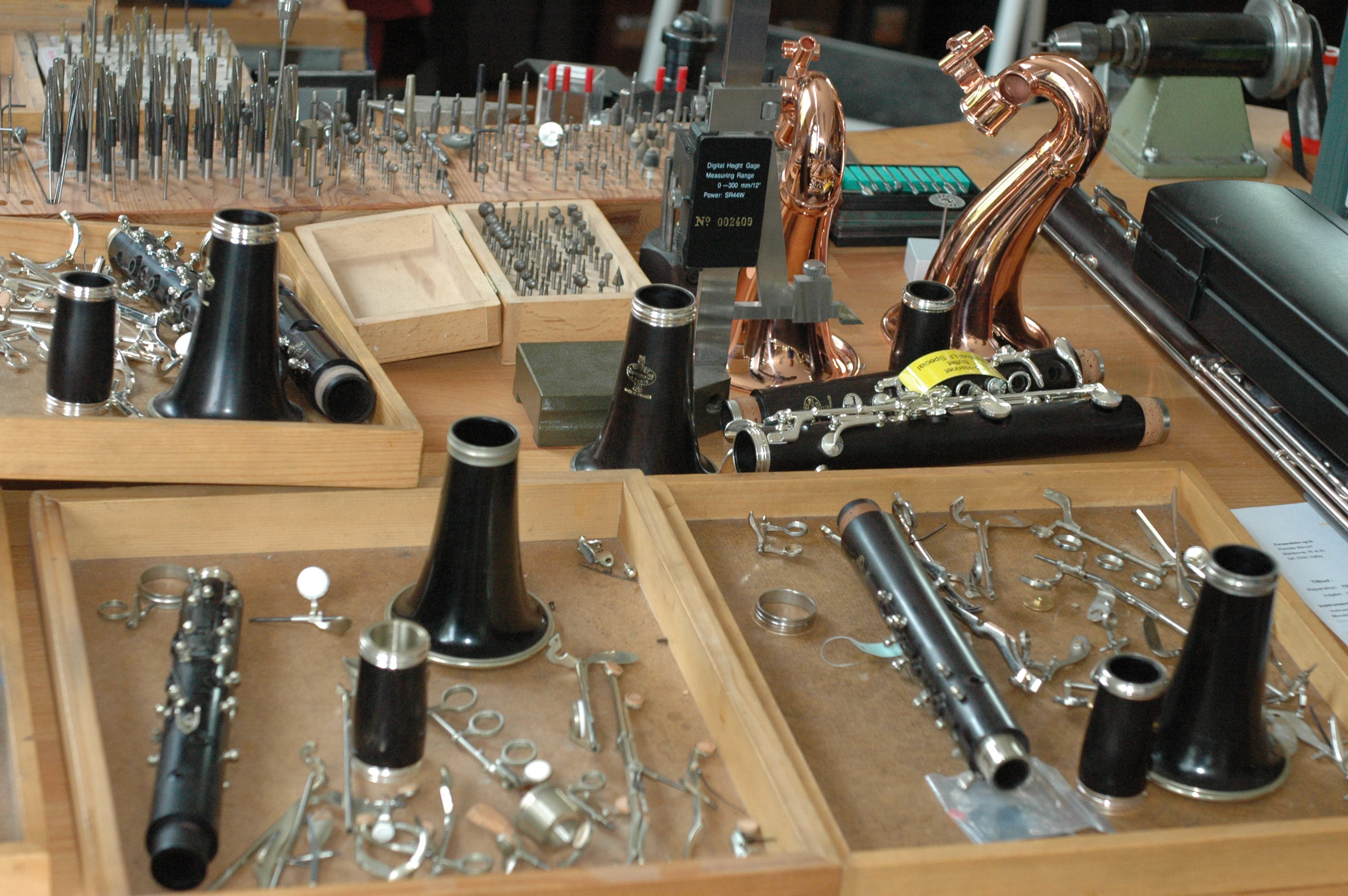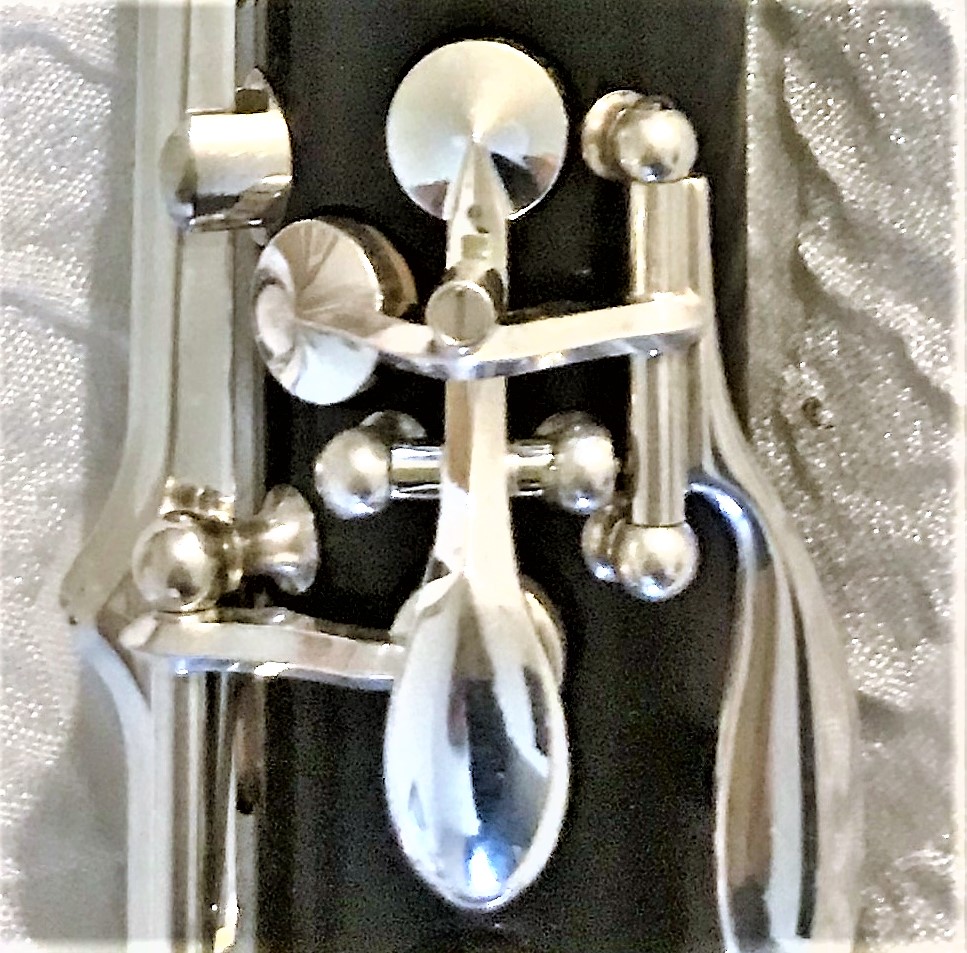-
Lohff & Pfeiffer
About Lohff & Pfeiffer
Iimprint
Contact
Newsletter
Location
L&P team
- Instruments
General
Trade options
About clarinet
Search specific instrument
Ab-clarinet
Eb-clarinet
D-clarinet
C-clarinet
Bb-clarinet
A-clarinet
Mozart basset-clarinet A
G-clarinet
Bassethorn F
Alto-clarinet Eb
Bass-clarinet
Contraalto Eb-clarinet
Contrabasse Bb-clarinet
German-Albert system Bb
Reform Boehm A & Bb
Peter Bastian Instruments
Plateau clarinets
Quartertone clarinet
- L&P Optimization
Optimization
Customization
Specialities
Special Keywork
- Accessories
General
Care products
For instruments
Reeds
Tools for reeds
Straps and hand rests
- Repair
Book time
About Repair
Maintenance
Plating-Surface treatment
Pads
Padding style
Cracks
Tone hole problems
Joints
- Tips & Advice
How to..
Videos
Worldwide external information
Problems & help
Education & learning

.Instrument doesn't play at all
If the instrument doesn't play at all, there are a couple of things you can check yourself and often even resolve them as well.
The prime reason would be a serious leak. This can either be caused by
1. a crack
2. a pad that doesn't close
3. a key which doesn't close
4. a key that gets opened accidentally or is bent.
5. a loose or out of place screw or rod
6. stuck key
7. a spring might be broken or have jumped out of its place.
To distinguish the problem, proceed as follows:
First, check the seal of the joint. To do so close all holes with your fingers, close the end of the bore with your thumb, and suck on the joint like you would try to suck on a bottle.
The skin of your fingers should be pulled towards the inside of the instrument and stay there, even after you have stopped sucking. If the suction disappears, you probably have a leak.
1. Check for cracks, in particular close to the tone holes, the register/octave hole, or tenon joints. If you find one check out our articles about cracks.
2. Check with cigarette paper if you have proper contact between the closed pad and the tone hole. If not, contact us or the last person who worked on the instrument. (you might have it covered by warranty)
3. There are some keys that might not close because the adjusting screw is out of adjustment. This is often the case with the G# adjusting screw. If that one is too far in, the G#=# can't close. Just loosen it a bit and see if it plays. More about A-problems
4. If a key is bent, contact us or a repairman you trust. This can often be caused by transportation, even when it was sent in a case. Make sure that the instrument has no chance to wiggle around when you ship it. We developed special plugs to prevent this from happening.
If the problem only arises now and then it might be that you hit some keys by accident. This is often the case with the left-hand Eb/B key on the top joint or the lower joint side H key.
5. Look for screw or rod heads that stick out of the post. This is usually a clear indication that the pivot screw or rod did loosen itself and prevent the key from being in its proper place.
This problem occurs sometimes on the top joint lower ring key E/B as well as the lower joint E/B key. Just turn the screw in again.
If it is a modern Buffet clarinet, be careful not to overdo it. Just turn it so far that the key doesn't have any side play. If you tighten it too much the key will get stuck. If that happens, turn the screw just a tiny bit back out again.
6. When the humidity drops, the wooden body will shrink. Plastic instruments will shrink when they get cold. As a consequence, the distance between the posts will diminish and the pivot screws might press against the keys. As a result, the key might not turn freely anymore. This happens primarily on longer keys like on Harmony instruments or the left-hand C/F lever on the lower joint or the E/B key on the lower joint. Just loosen the pivot screw a little bit and everything should be ok.
7. If a key doesn't move, check if the spring is in its proper position and not broken. Check out Spring problems
Help us to get better
Was this article helpful?
Comments, additions or questions are always welcome at: info@clarinet.dk(C) 2014 - by Lohff & Pfeiffer - Brøndbyvej 211 - 2625 Vallensbæk + 45 3535 8643 - SE DK 1895 7485 info@clarinet.dk - Instruments






